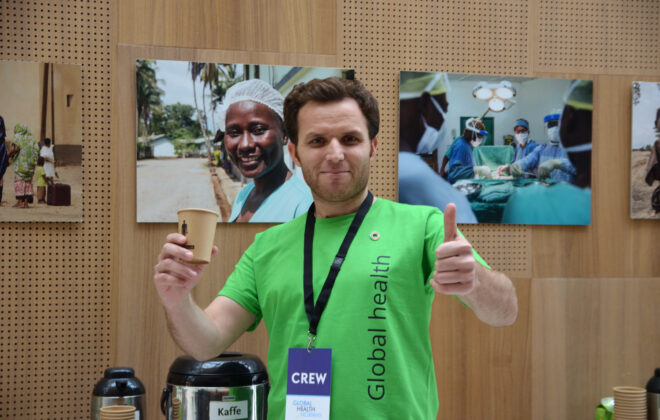Illuminating brain tumours with radioactive sniffer dogs
Bringing light into the darkness of the brain by using radioactive molecules acting as “sniffer dogs” might help to improve the diagnostic and therapy of severe cancerous diseases. To make these little helpers visible, Positron-Emission-Tomography (PET) creates 3 dimensional images from the emitted photons and visualises brain tumour activity.
One of the most devastating brain cancer diseases is called Glioblastoma (GBM) and 3 out of 100 000 in Europe are affected by it. This accounts for 25% of all malignant tumours of the nervous system. To date there is no effective therapy available to cure it. All approaches, including surgery, chemotherapy or irradiation can only slightly prolong the survival of the patients to a maximum of 14 month after first diagnosis.
The reasons for this insufficient treatment are the tumour growth pattern, its invasive vessels and the high variability (heterogeneity), leading to remaining tumour tissue in the brain after surgery and chemo/radio- resistance. Therefore, after therapy, almost all GBM will resume growth in the human brain.
Hence, future treatment must be tailored to the patient-specific tumour profile – also known as personalised medicine. We and our collaboration partners in Trondheim therefore develop new radioactive molecules, which act like sniffer dogs to find their way to the brain’s very unique crime scene. These small detectives are labelled with the radioactive elements Carbon-11 (11C) or Fluor-18 (18F).
Following successful testing of these so-called radiopharmaceuticals in tumour cells, they will be transferred to animal models of brain cancer. These animal experiments will help to understand the pharmacokinetics and biodistribution of these detectives in live animals. Furthermore, combined therapies with todays “gold standard” will be investigated and visualised with PET using the new sniffer dogs. Finally, by showing therapy success, this will guide us to the suspect who commits the crime in the human brain and we are able to chase the criminal.

After having the suspect from the crime scene identified, drug development will focus on theranostics, our weapon against the intruder. In Tromsø we are focusing on the copper isotopes 64Cu (PET imaging) and 67Cu (radiotherapy), which can be easily exchanged on the sniffer dogs to find and arrest the suspect right at the crime scene.
In the future, this will enable clinicians to image and treat cancer patients at the same time with the same sniffer dog which tailors the therapy to be patient- and tumour-specific to optimise the therapy outcome.
The PET centre in Tromsø with its unique research and clinical infrastructure enables scientists to develop new radioactive labelled molecules (radiotracers) to image and treat brain tumours and hence save lives. This combination of visualisation (diagnostic) and simultaneous treatment (therapy) is called “theranostic” and is part of the main research activities of 180°N in Tromsø.

Mathias Kranz
- This author does not have any more posts.



